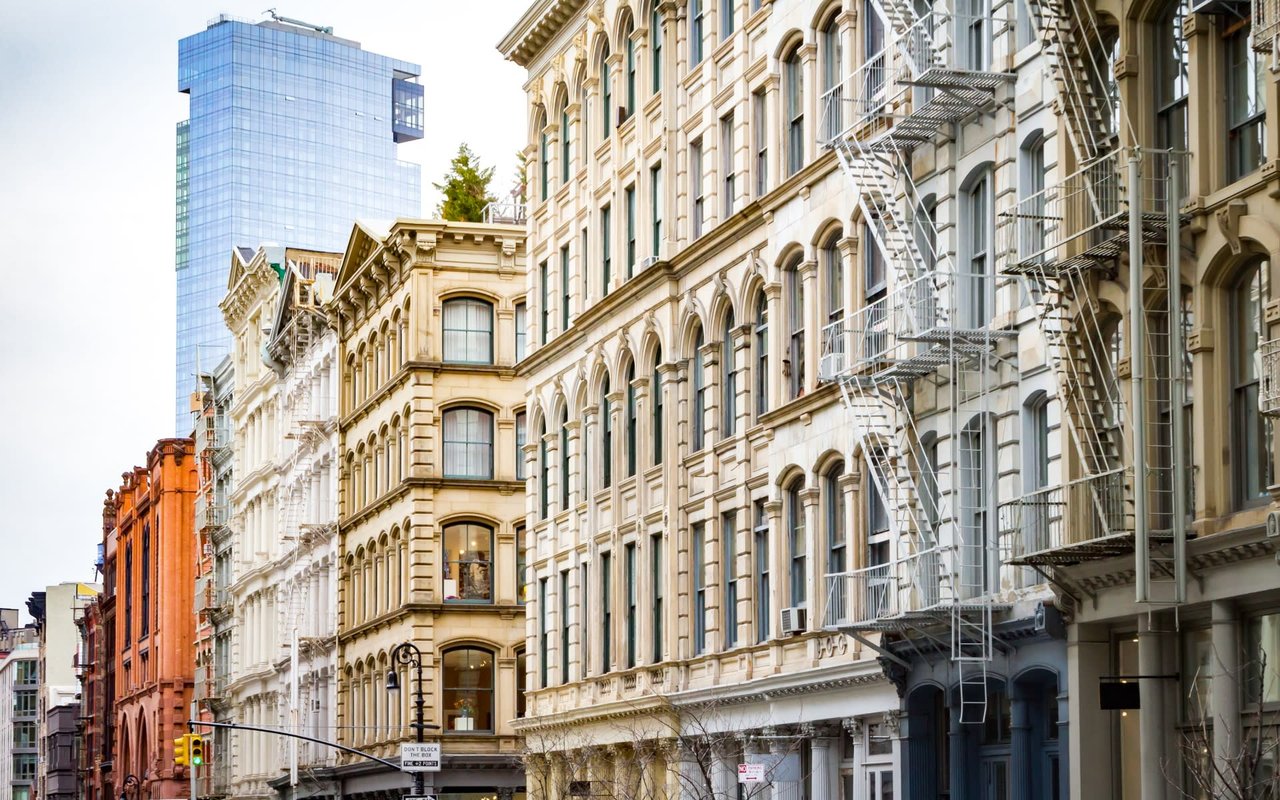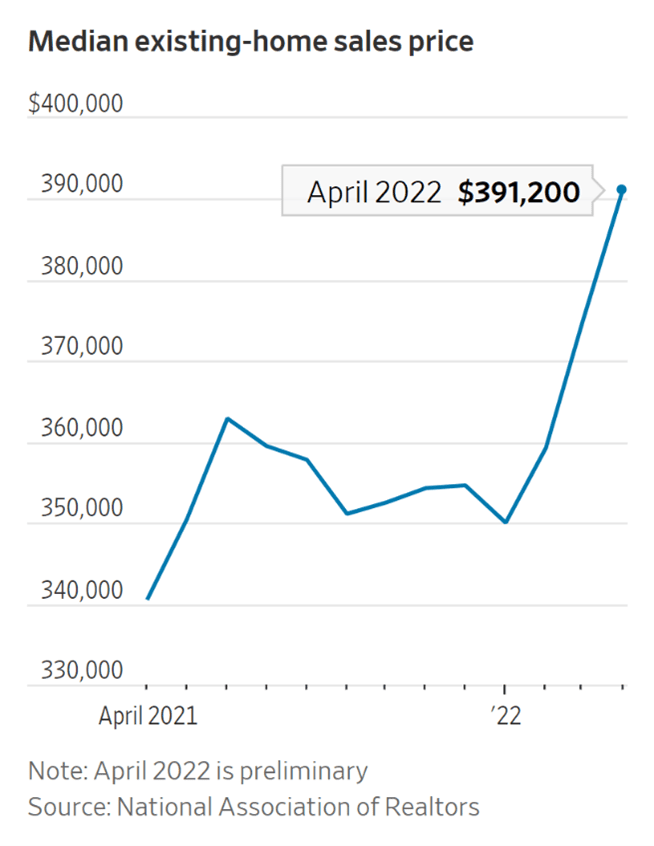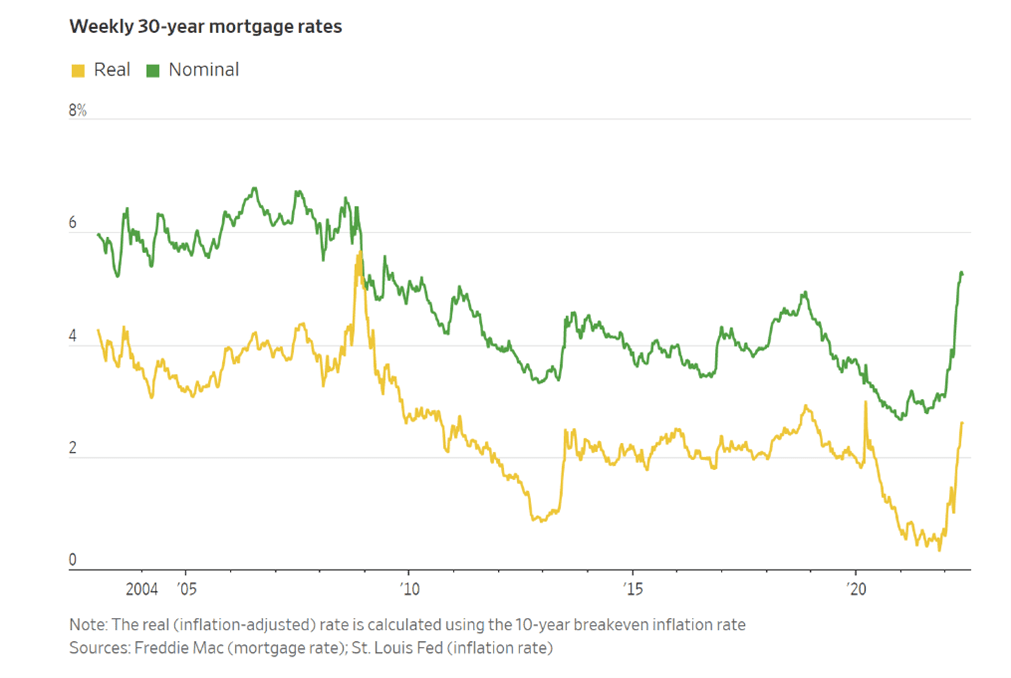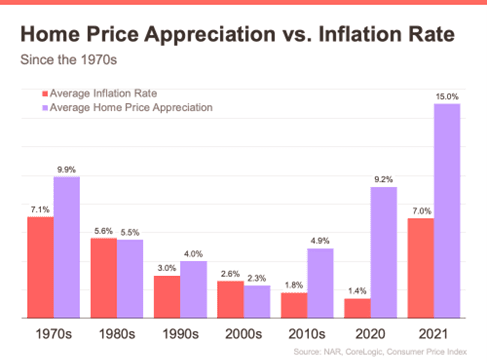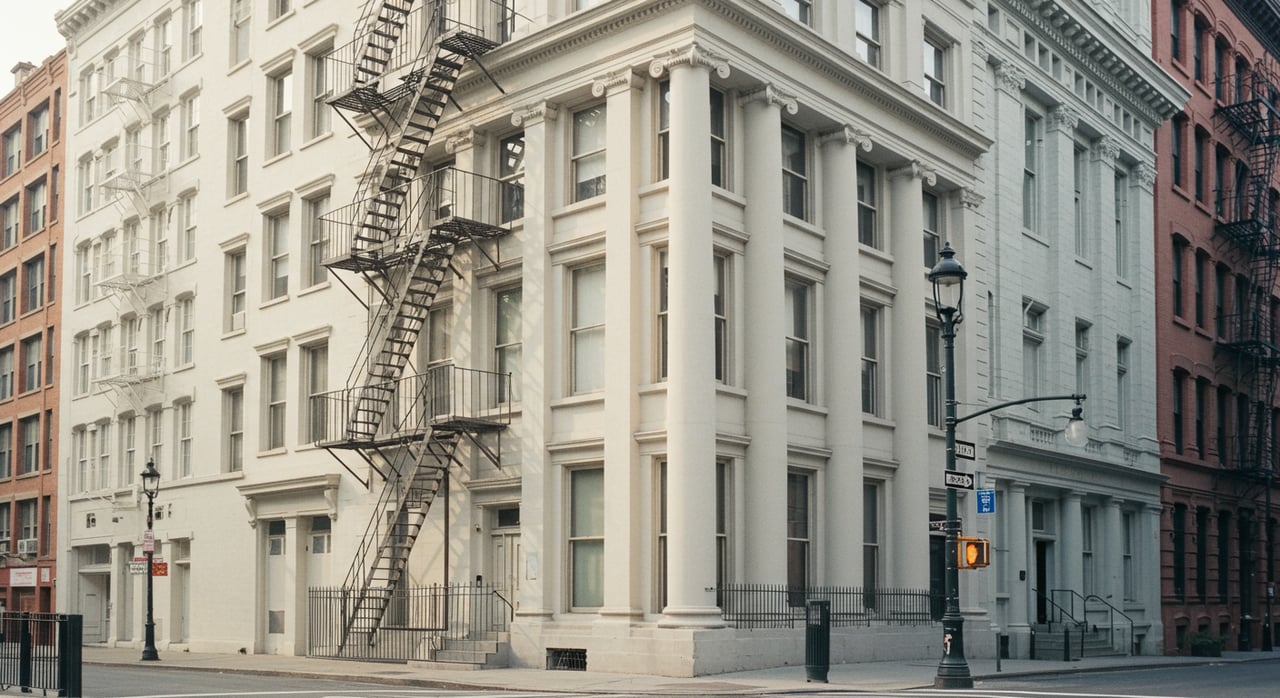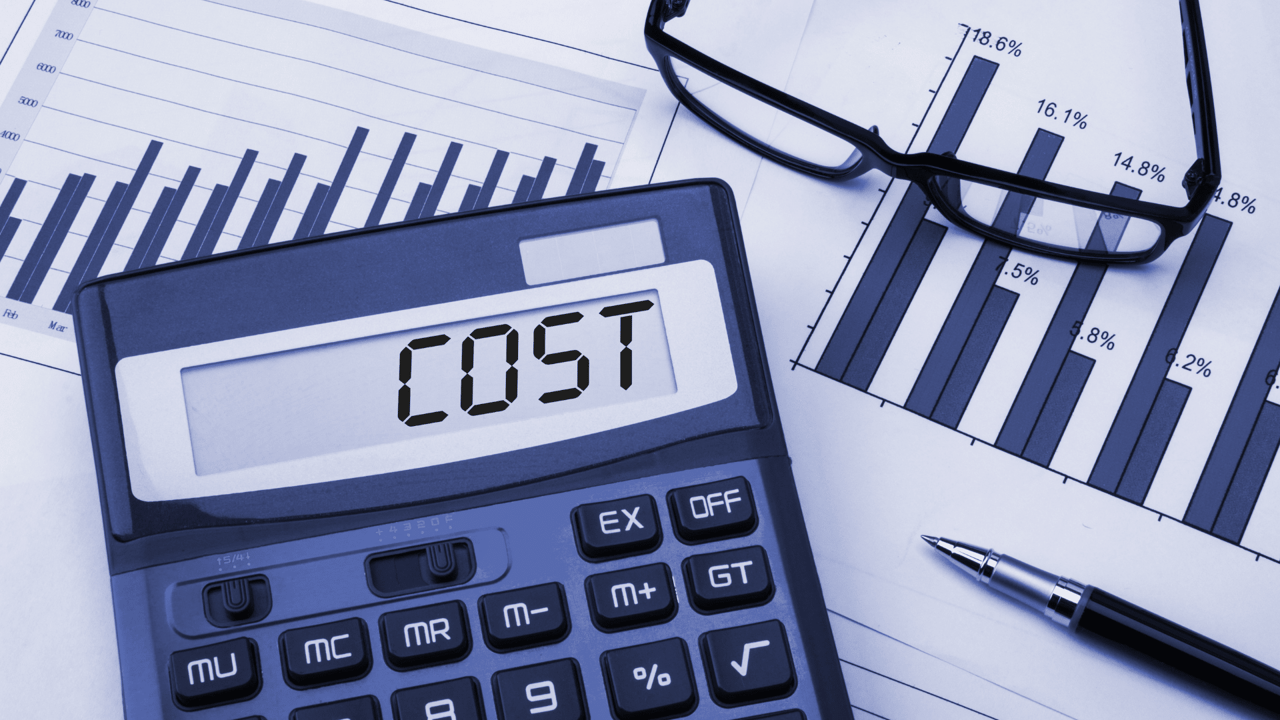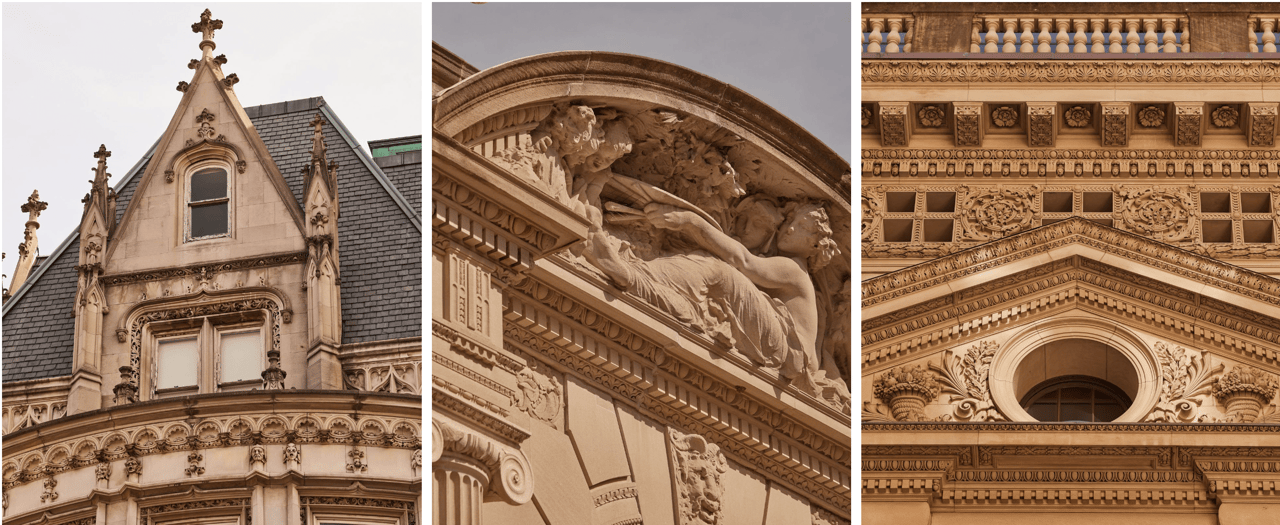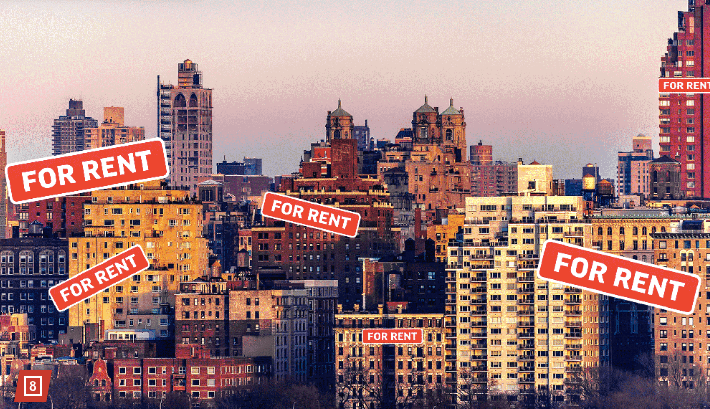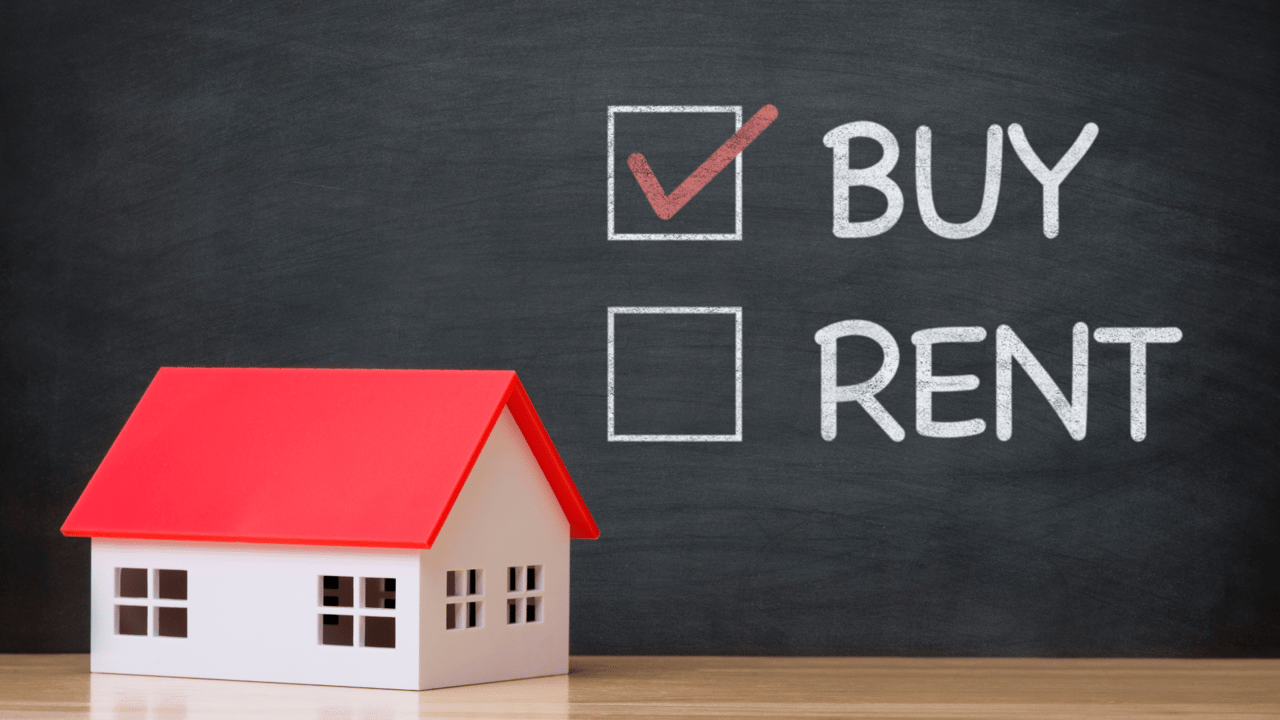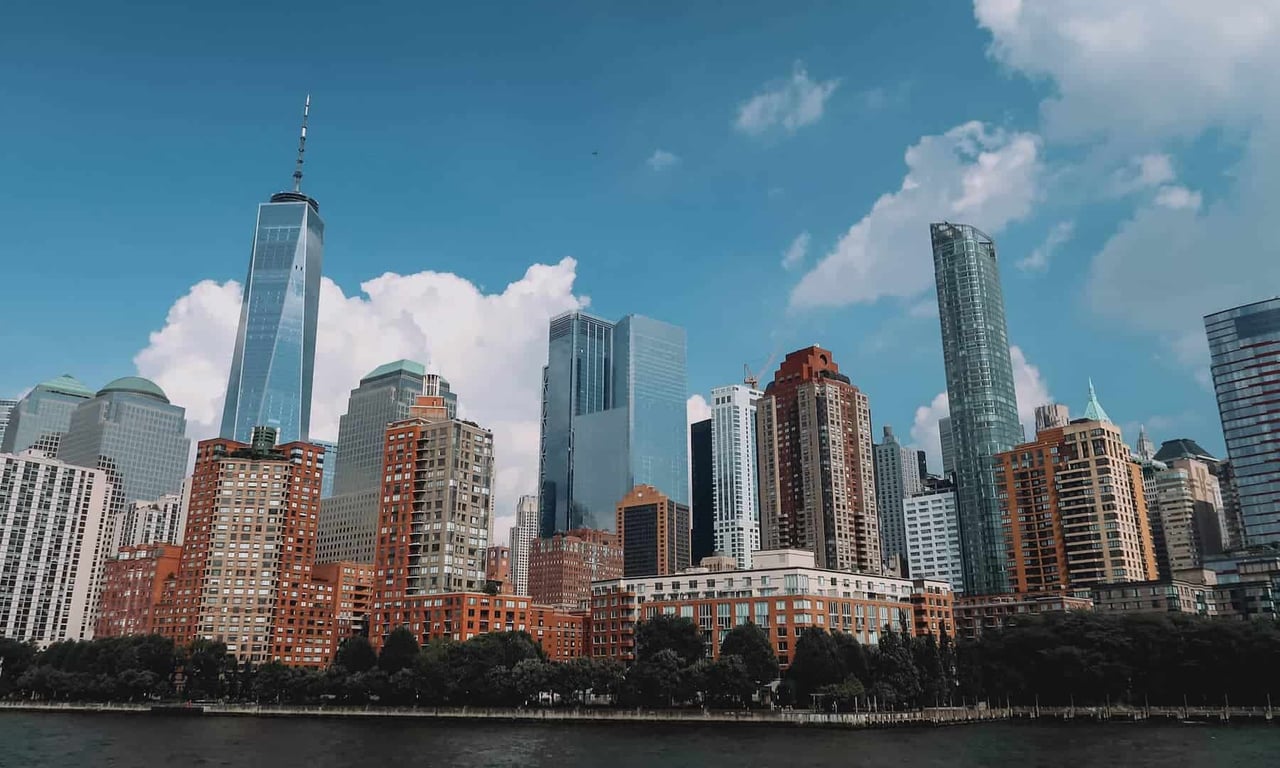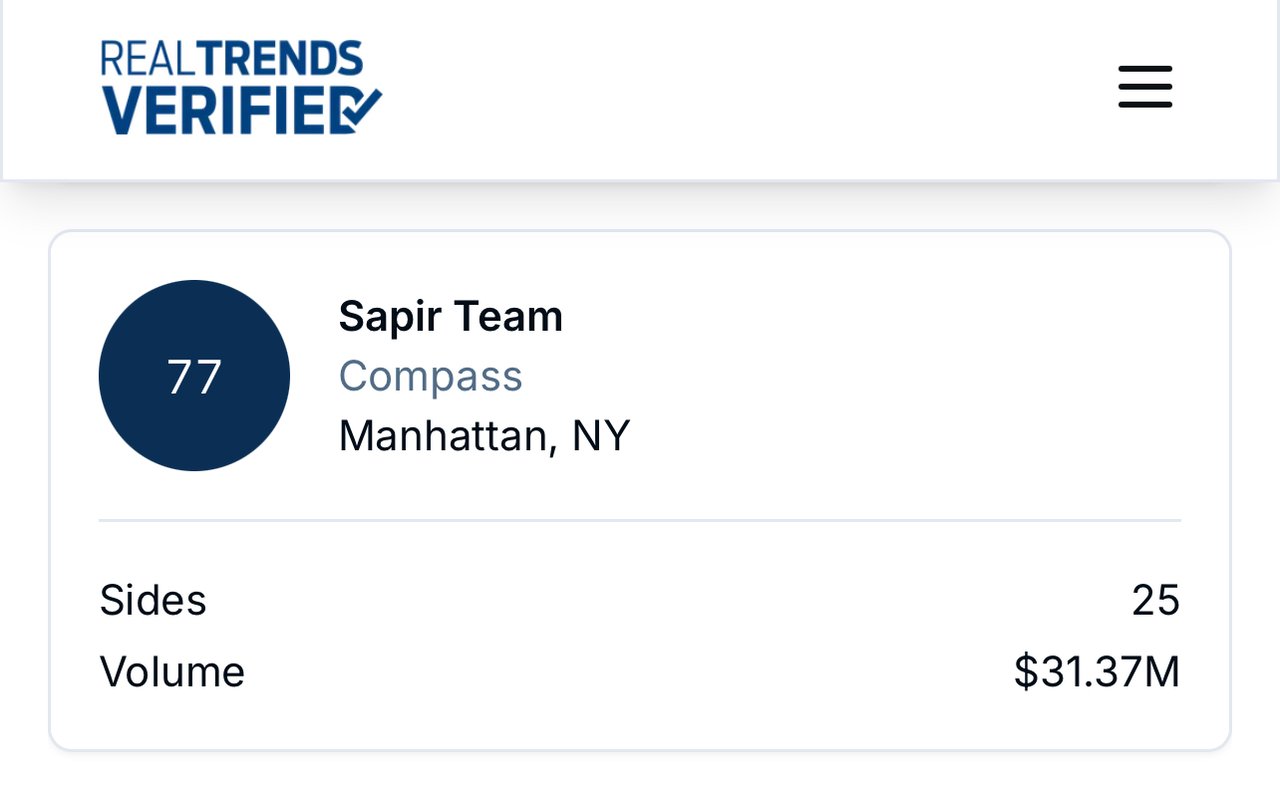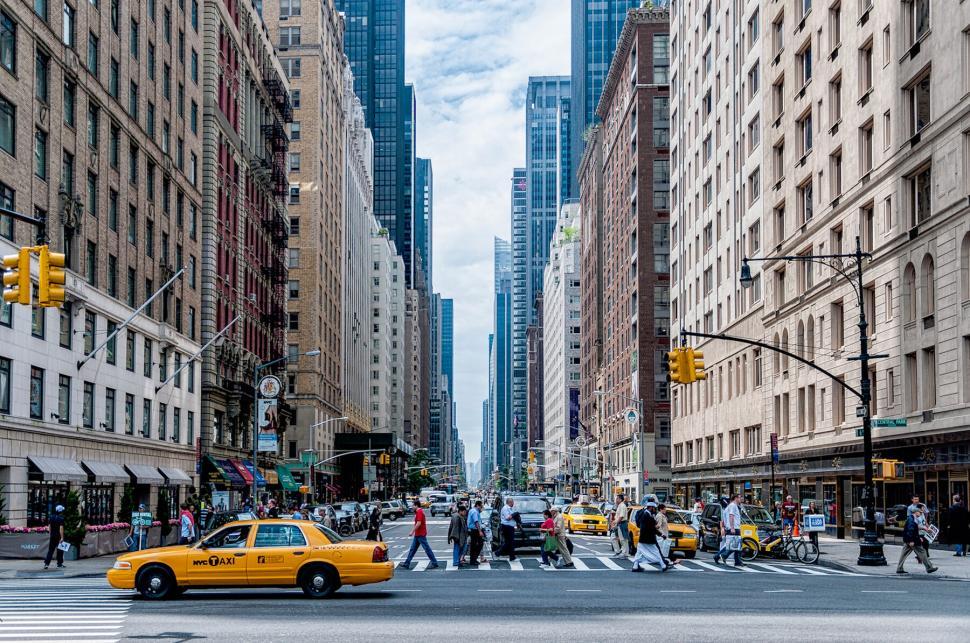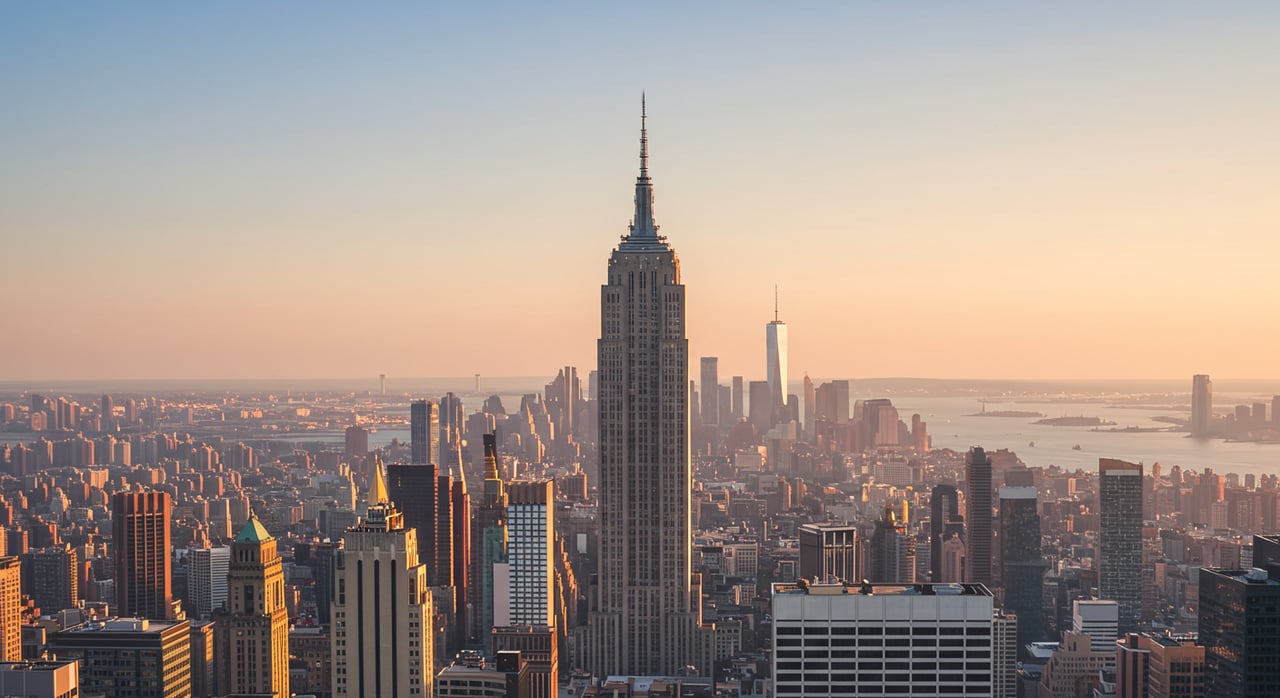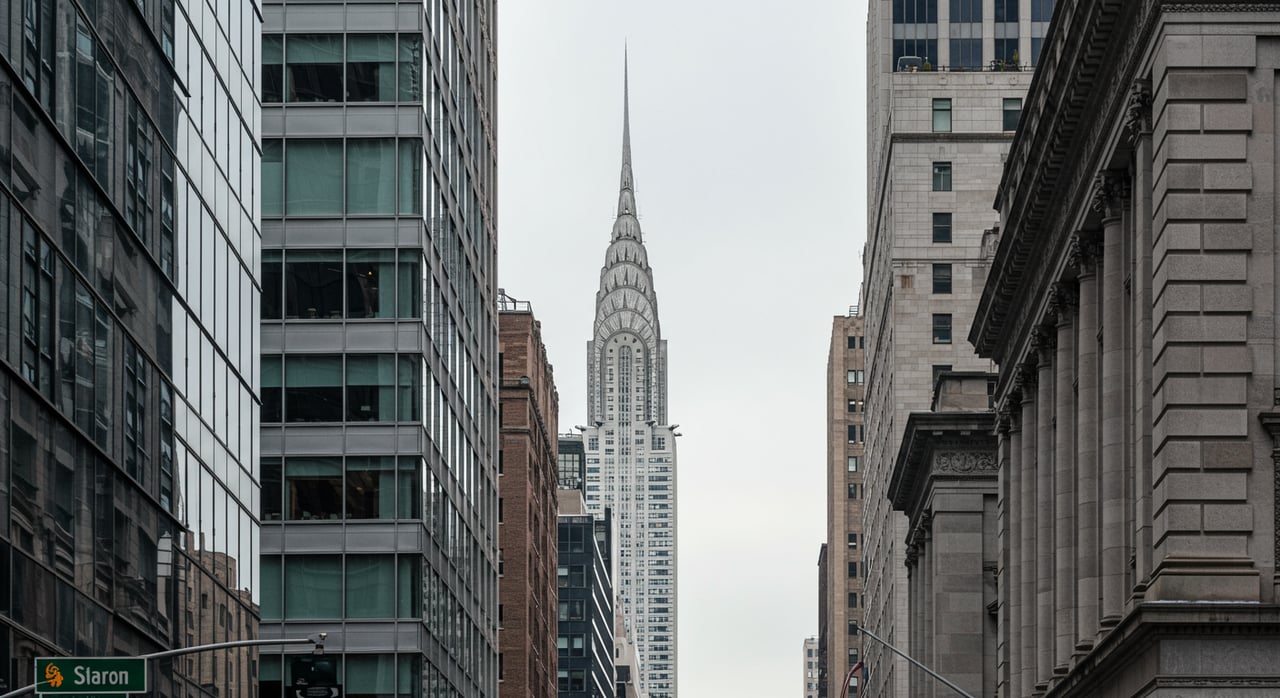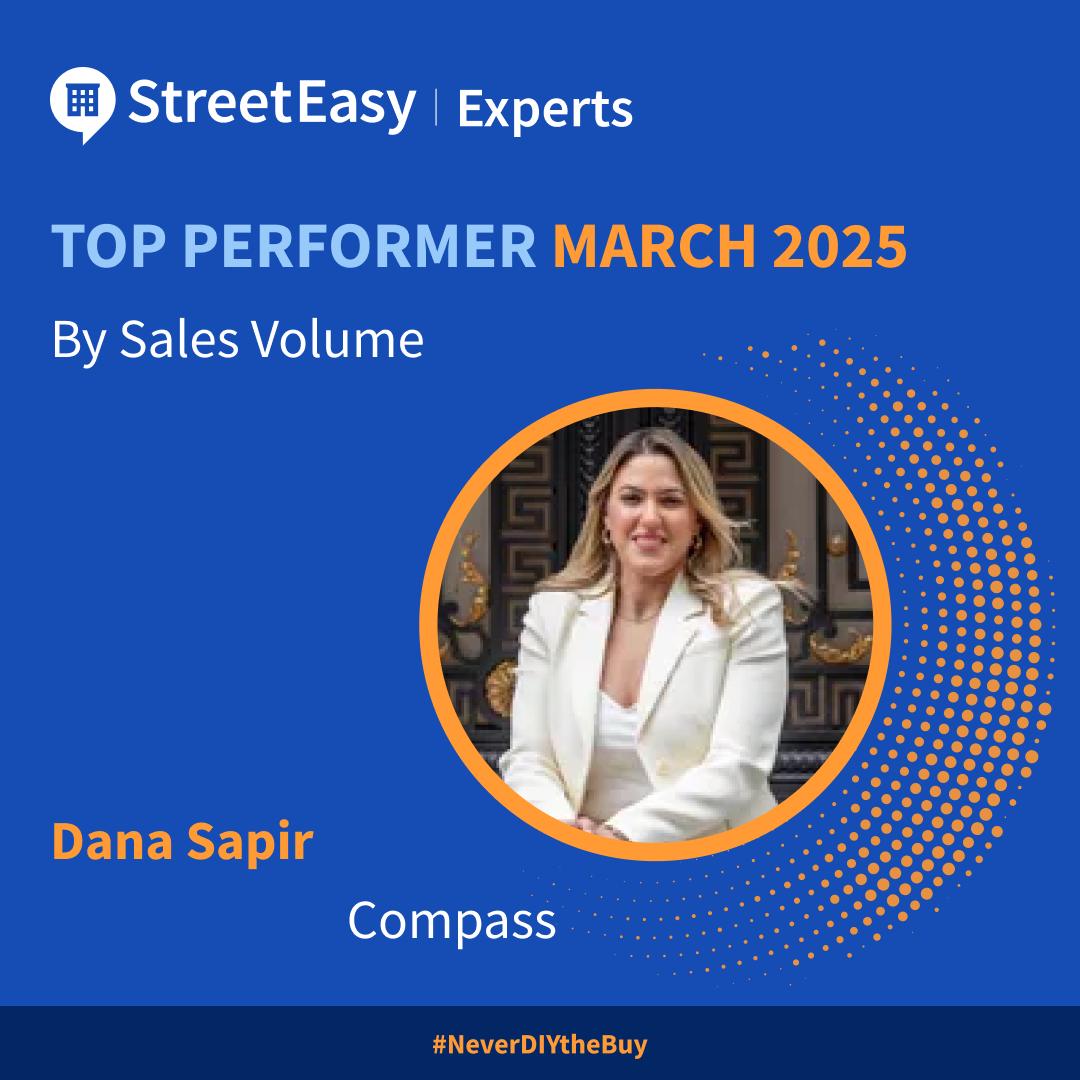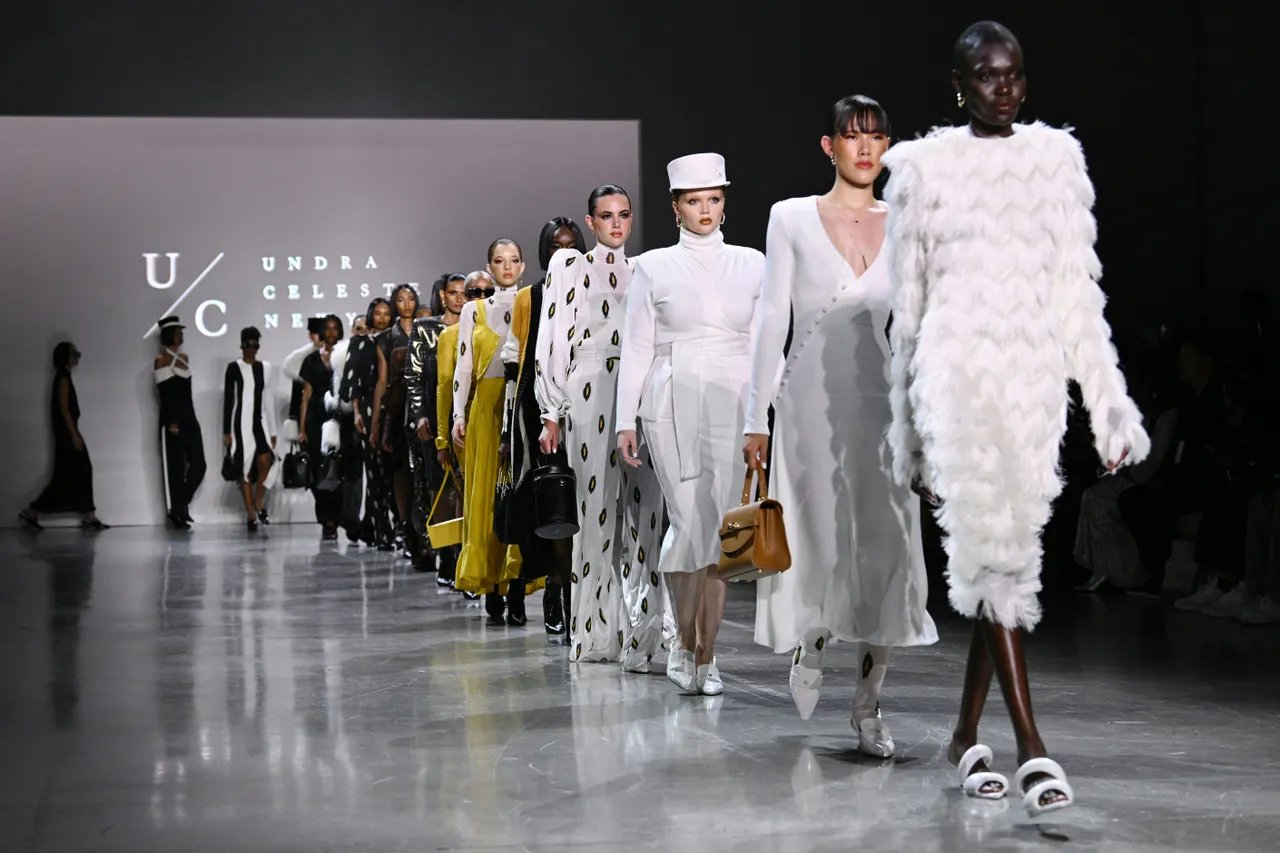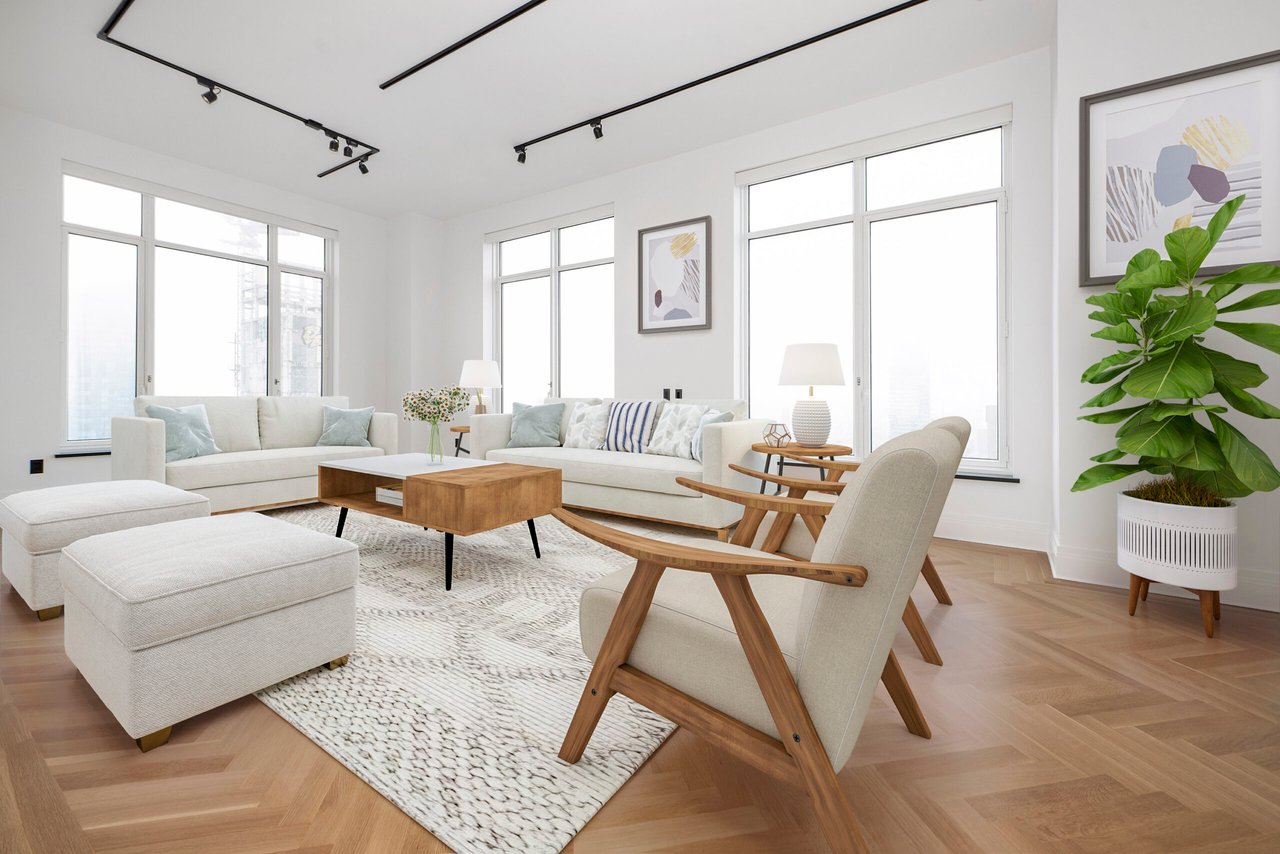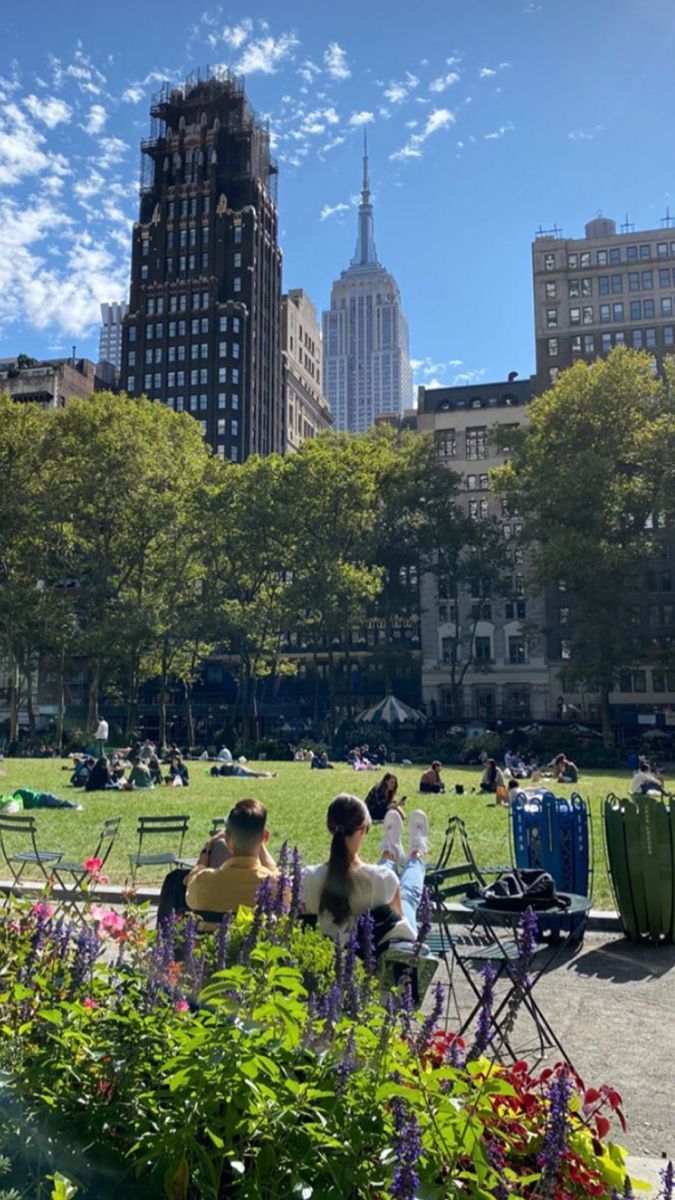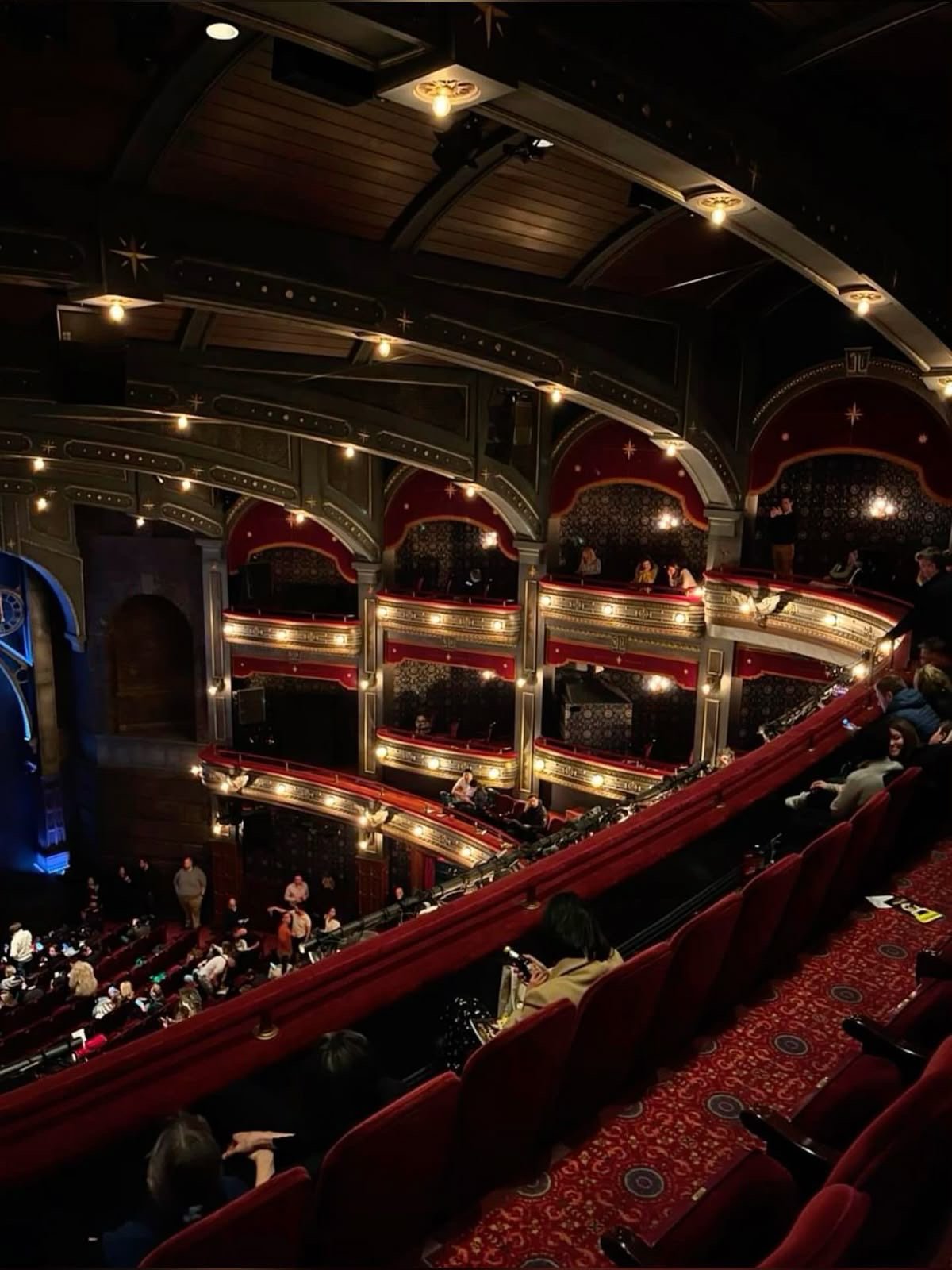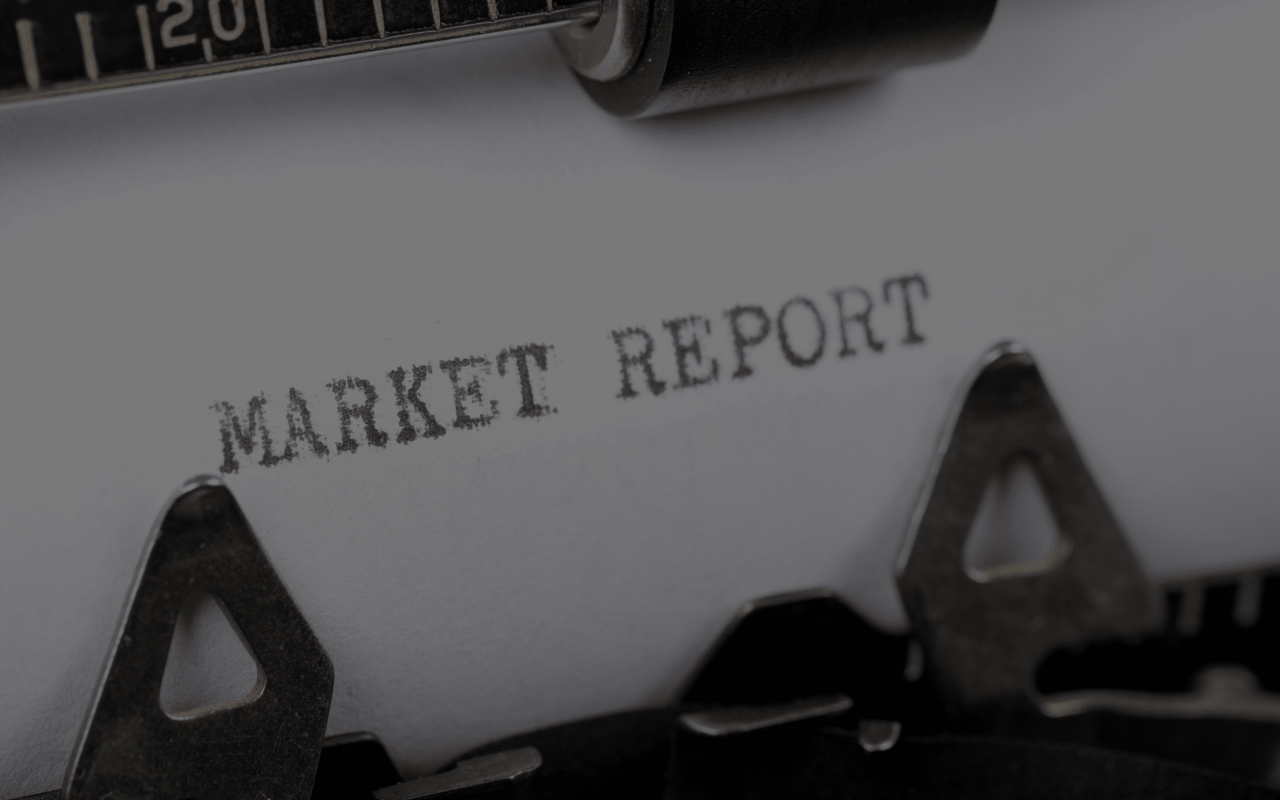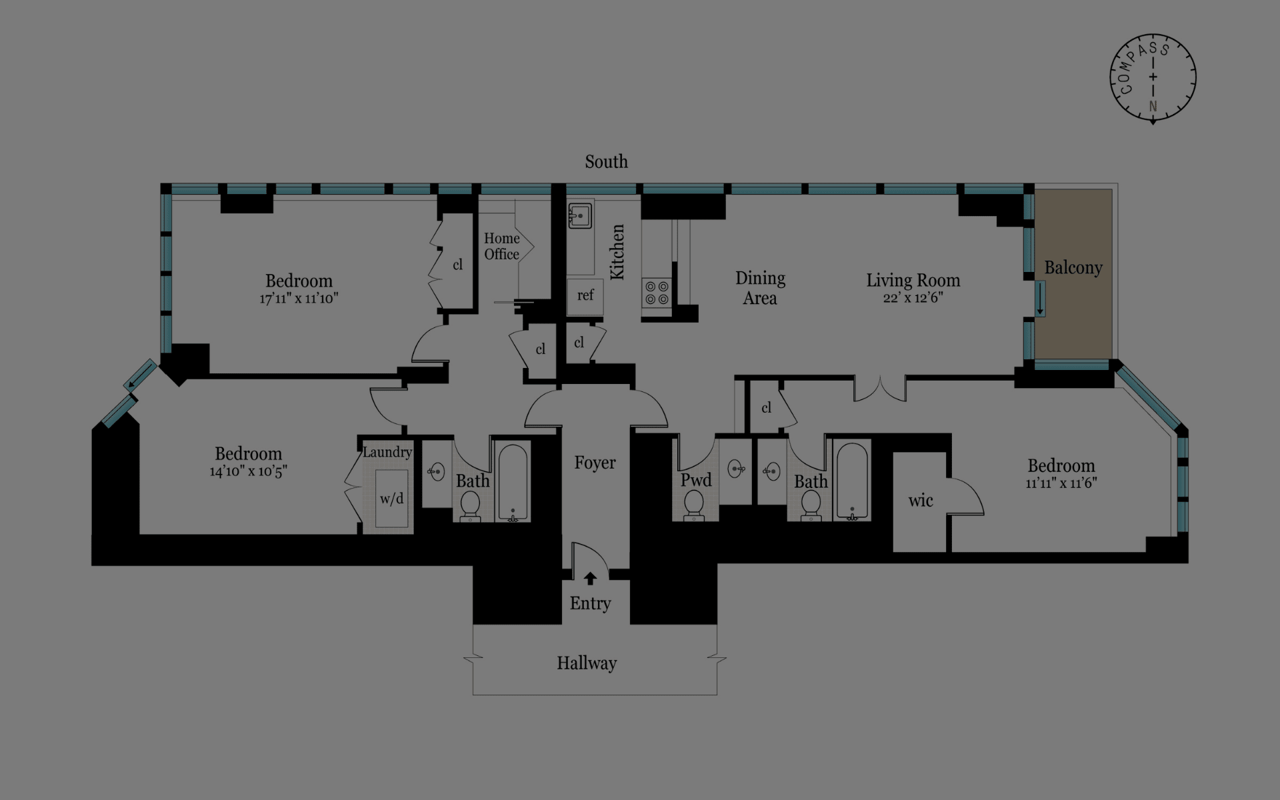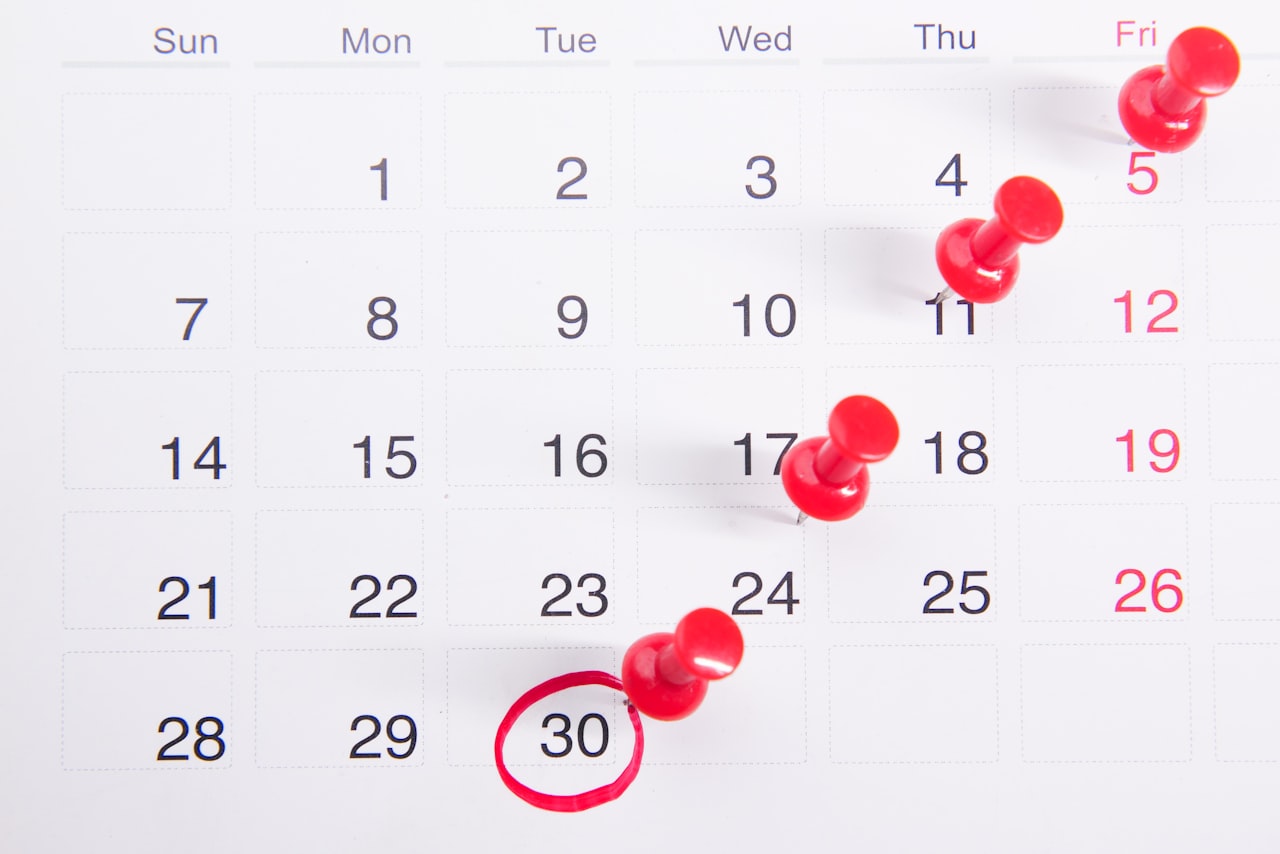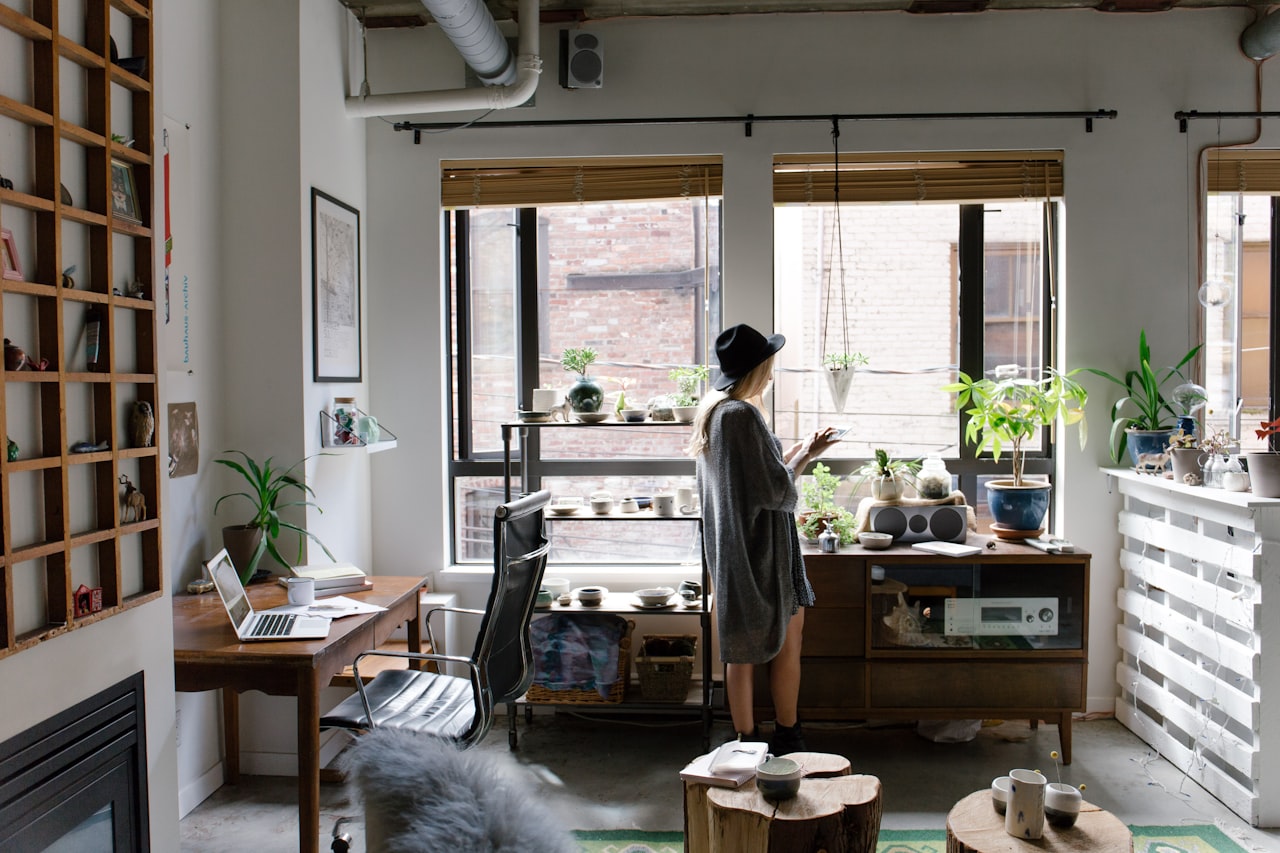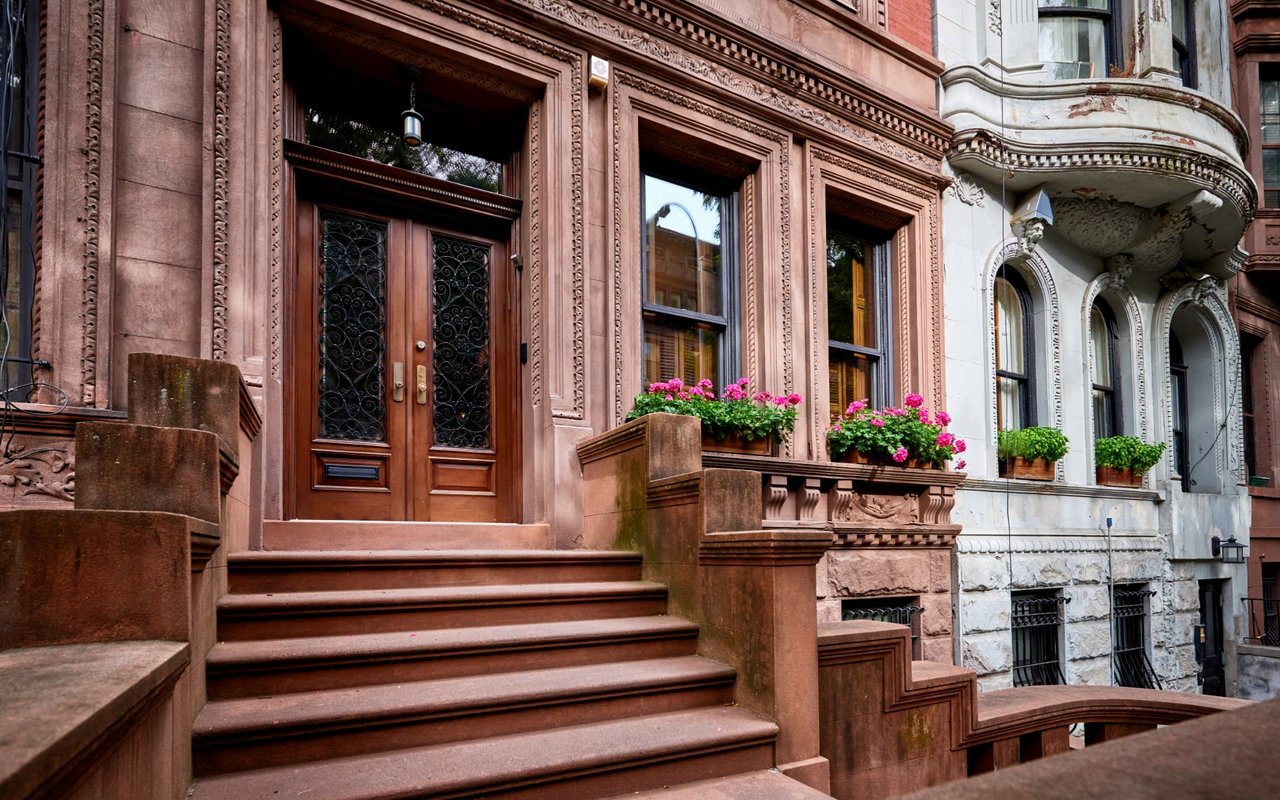Watch this content HERE
Recession. Housing bubble. Mortgage rates. Inflation. We have been hearing all about it in the past few months and the question on everyone’s mind is: based on all of these factors, what will the rest of the year look like for the housing market? Let's look at some industry experts’ opinion on what’s to come.
Inventory
Active home listings saw their biggest jump since 2019 this year. The number of homes available for sale is likely to grow in the second half of 2022, alleviating some of the stress buyers have been feeling, and giving them more options. However, Realtor.com recently estimated that the country is short by more than 5 million homes. The number of homes on the market dropped to a record low of 456,000 in March, according to Redfin data: a 50 percent decrease from two years ago. Supply chain and skilled tradespeople shortages are still slowing down new construction and are further affecting the availability of homes on the market. This is despite a recent drop in lumber prices, which was hoped to push back against the persistent supply and demand problems plaguing the market throughout the pandemic. With the number of homes for sale unusually low for this time of year, many homes are still receiving multiple offers and selling quickly. If you’re a seller you may be facing more competition as other sellers list their units, but you may also enjoy the advantage of more options if you’re also buying your next home.
Rising Mortgage Rates
With inflation rising and the threat of a recession looming, one of the Federal Reserves’ quickest ways to cool down the economy and bring supply and demand back into balance is raising interest rates. This is because the housing market takes up a large share of the US economy. Mortgage rates have risen almost 2.5 percentage points since January to 5.70% last month, the steepest rise in a six-month-span in decades. In the past, that kind of increase was usually enough for home buying and construction to fall sharply. Yet economists estimate housing prices will grow around 10 to 15 percent this year, indicating a resistant market. Until we see a cooldown, mortgage rates are expected to rise, even if moderately.
If you’re buying, work with a mortgage professional to see how current rates are impacting your purchasing power and consider what rising rates may mean if you wait even longer. As a seller, you may see more buyers getting off the fence and making a move before high rates price them out of the market.
Why Is There Such High Demand and Minimal Supply in Today’s Market?
Economists and real estate professionals have some ideas: millions of Americans in their 20s and 30s are reaching peak home-buying years, more work-from-home jobs in the pandemic created demand, increased competition from investors and too little housing built in the past decade - these are all given as reasons for accelerating housing prices nationwide. With the current increase in mortgage rates and high home prices, many homeowners don’t see where they can afford to move and are staying put. The median existing-home sale price rose 23.4% in June from a year earlier, lifting homes out of some buyers’ reach. Real-estate investors, often all-cash buyers, also compete for limited housing stock, buying and renting out units as high-yield assets that are insulated from inflation.
Home Prices Are Also Projected to Continue to Climb
There are still fewer homes for sale than there are buyers on the market. Given the extremely low inventory, we’re unlikely to see price declines. With so many buyers competing for so few available properties, home prices in the U.S. rose 18.8% last year. This rise, in turn, is expected to cool the housing market as buyers are priced out.
As a buyer, continued home price appreciation means the longer you wait the more it’ll cost you to buy. But it also gives you peace of mind that, once you do buy a home, it will likely grow in value. That makes it historically a good investment and a strong hedge against inflation. If you’re selling, price appreciation is great news for the value of your home.
---
Considering all of these factors, the second half of 2022 will most likely see a cooldown in the housing market. It is important to remember though, that this is all relative to an extraordinarily hot market bouncing back from the pandemic slump. This slowdown in the market is more of a stabilization, and the housing market still looks relatively hot by historic standards. Home-price growth remains robust, seeing its 112th consecutive month of year-over-year gains according to the National Real Estate Association. So where are we really at? We are moving back to pre-pandemic sales activity.

